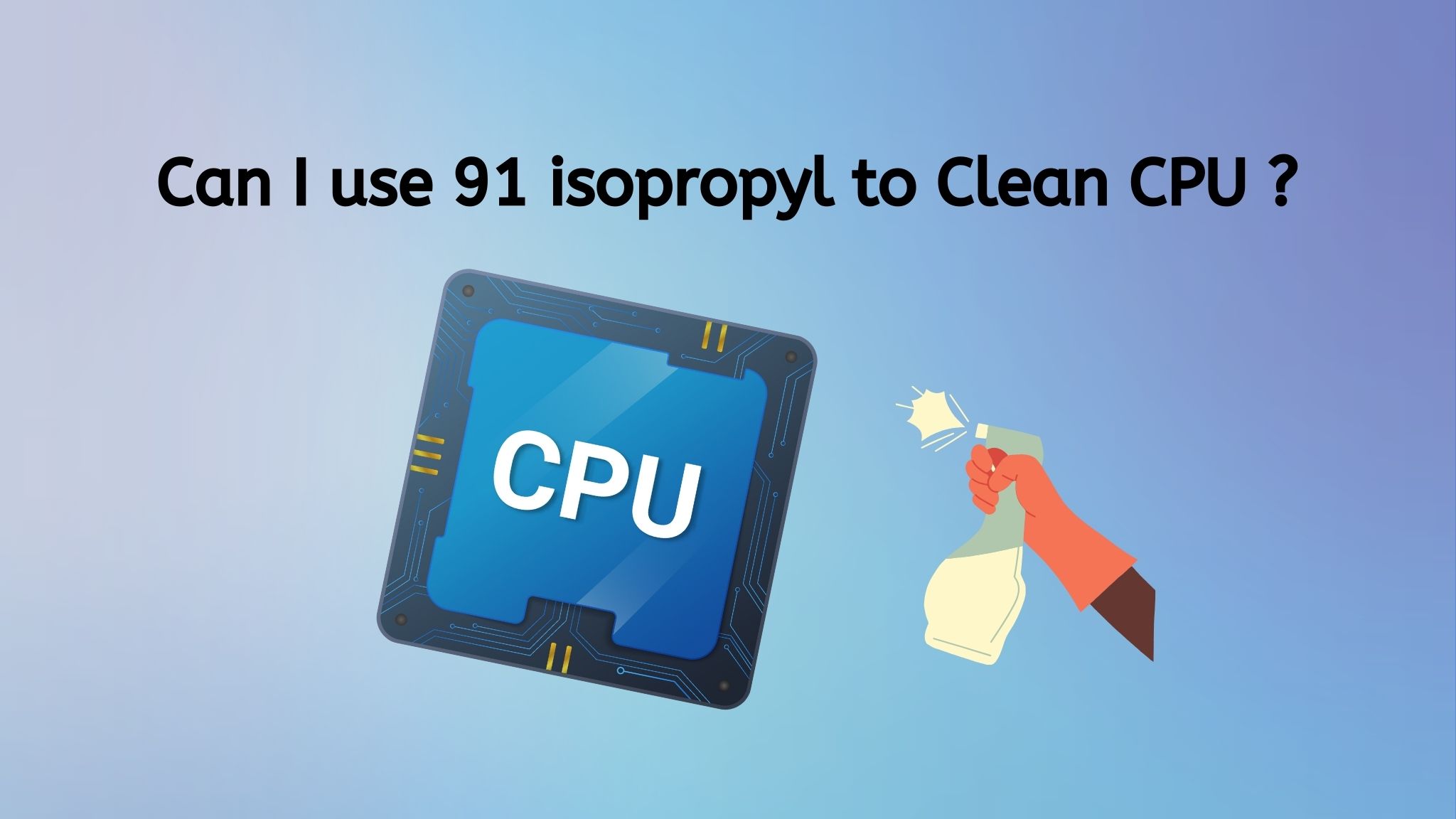Are you shocked that your PC uptime is too much to be considered accurate? Well yes, the same thing happened to me too when Recently I saw that the Uptime of my Windows 10 Laptop is showing 21 days. Thinking about how that might possibly be was shocking to me. mostly because every day when I finish my work, I shut down my laptop.
In Windows 10, there are two options in the Start menu to shut down your computer’s operations: Shut Down and Restart. Restart briefly turns the computer off before turning it back on, as opposed to Shut Down, which turns the computer off completely. Restart does more than Shut Down since it resets the cache, clears the memory, and updates the kernel, among other things.
Now the thing is there is another feature which is called Fast Startup. It’s enabled by default in Windows 10. Windows 10’s Fast Startup feature helps your computer to boot up faster after a shutdown. When you shut down your computer, Fast Startup will automatically put your computer in hibernation mode rather than a full shutdown. If your machine is capable of hibernation, Fast Startup is enabled by default.
The most significant difference is that the kernel session is hibernated rather than completely closed, which significantly reduces the amount of time needed to write data to disk. Which results now to boots up your computer considerably more quickly than it did previously.
But the hibernation process affects uptime and may interfere with the functioning of other third-party applications as well. However, Rebooting stops this from occurring and correctly resets your computer’s uptime. Now obviously you are not going to restart your computer instead of shutting it down every day right? It just doesn’t seem normal at all.
So if you want accurate uptime and Really shut down your computer then you need to stop Fast Startup.
How to Stop Fast Startup?
Here is a simple and quick fix for you.
- Go to the Control panel.
- Select Hardware and Sound – Power Options.
- Select “Choose what the power button does”.
- Click the “Change settings that are currently unavailable” section
- Turn it off, Turn on fast startup. reset uptime Windows
- reset uptime Windows
- Click Save Changes.
- Restart PC.
Here is a Video guideline for you as well.




